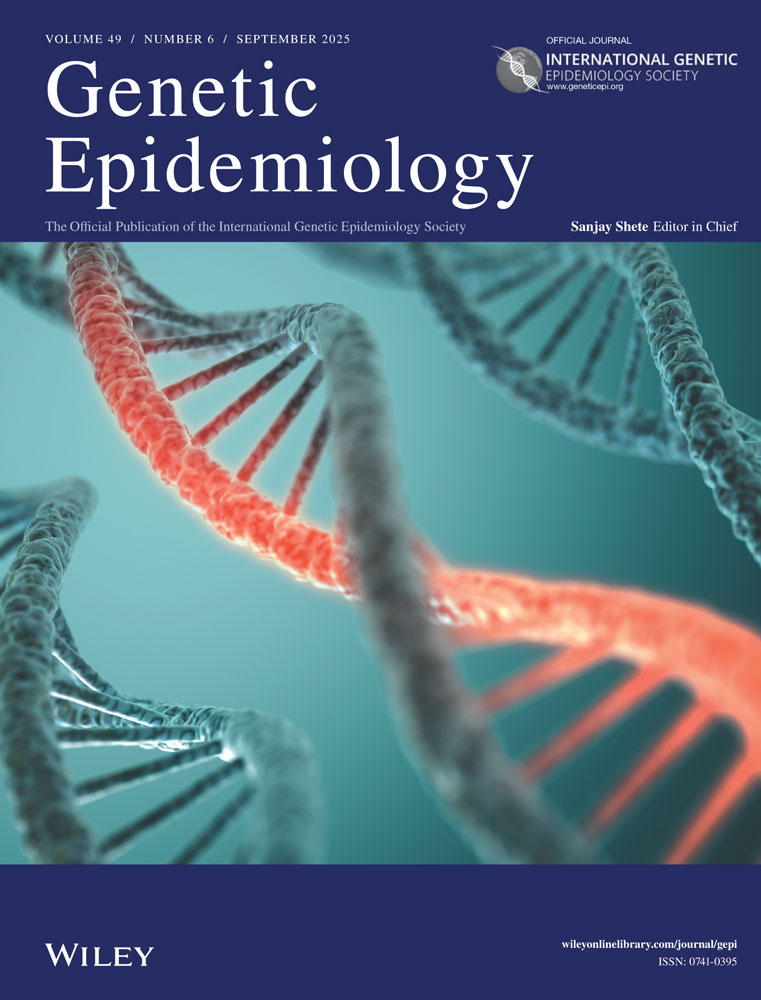Trends in prenatal diagnosis of Down syndrome and other autosomal trisomies in Scotland 1990 to 1994, with associated cytogenetic and epidemiological findings
Abstract
The present report summarizes findings on 670 cases of autosomal trisomy diagnosed in Scotland, with actual or expected dates of delivery in 1990 to 1994 inclusive. Cases were notified by cytogenetic service laboratories. There were 277 prenatal and 369 postnatal diagnoses and 24 spontaneous losses. Excluding the latter, numbers diagnosed with trisomy 21, trisomy 18, trisomy 13, and other trisomies were, respectively, 470 (72.8%), 108 (16.7%), 36 (5.6%), and 32 (5.0%). Estimated maternal age-specific birth rates for trisomy 21 were close to published values from other jurisdictions. However, comparisons with a clinically based national register of congenital anomalies suggested that 3–4% of Down syndrome births were never karyotyped, most being early neonatal deaths. There was a striking increase over the period in the proportion of cases detected prenatally, associated with increased maternal serum screening in mothers <35 years old. Over the 3 final years (1992–1994), prenatal screening followed by elective termination was estimated to reduce the birth rate in trisomy 21 by 24% in mothers aged <35 years, by 57% in older mothers, and by 35% in all mothers. The crude incidence per 1,000 births fell from 1.08 in 1990–1991 to 0.77 in 1992–1994, in spite of an upward shift in the overall maternal age distribution. For trisomies 18 and 13, the estimated overall reductions in the birth rate over the whole 5-year period were respectively, 26 and 17%. In free trisomy 18, there was a significant reduction in the sex ratio (male/female) to 0.65, in line with earlier studies. Genet. Epidemiol. 16:179–190, 1999. © 1999 Wiley-Liss, Inc.




